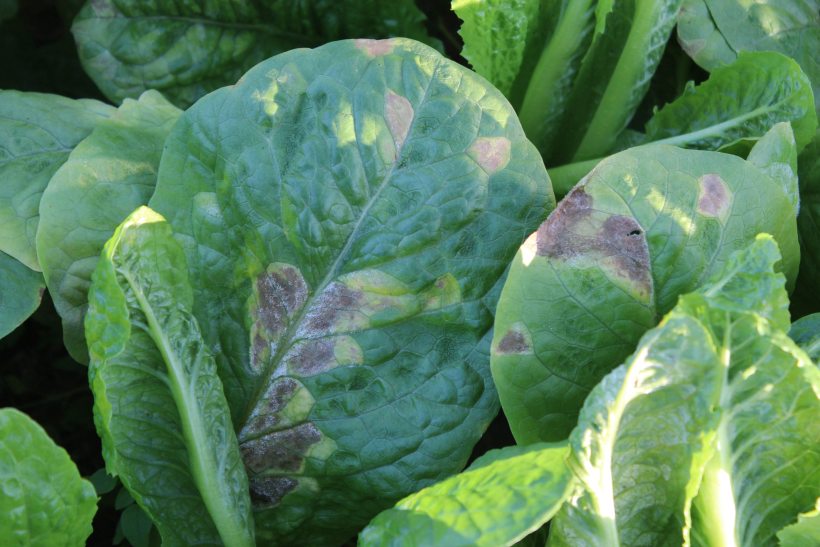
A new three-year study to improve control of downy mildew and late blight in horticultural crops and potatoes has been launched.
The research will focus on developing methods to detect disease in seeds, tests to understand fungicide resistance and tools for real-time disease risk monitoring.
Downy mildews and late blights develop rapidly and have the potential to cause complete crop loss.
Lettuce downy mildew (Bremia lactucae) is estimated to cause more than £15 million worth of crop loss per year.
The £294,000 project involves five research contractors and will maximise the investment through collaboration with related Innovate UK projects.
Cathryn Lambourne, project lead at AHDB, said control of these diseases relied heavily on fungicides.
However, she said because of the increased withdrawals of key actives and the development of fungicide resistance, 'sustainable integrated management strategies' were needed.
“A key element of the research will be providing growers with practical and useful knowledge, tools and guidance to help them develop effective control strategies,” she said.
Tim Pettitt, the project manager based at the University of Worcester, said the goal of the research was to help the industry develop and improve integrated management strategies.
"Knowledge gaps such as the dynamics and significance of seed-borne infection and the effects of supra-visual lighting regimes will be investigated.
"We will draw on experience in other sectors to develop innovative tools for the detection, monitoring and characterisation of these pathogens."
The research consortium includes James Hutton Institute, University of Worcester, NIAB EMR, Stockbridge Technology Centre and RSK-ADAS.
The research will support a range of crops including potatoes, lettuce, spinach, stocks, basil, onion, peas and tomatoes.
